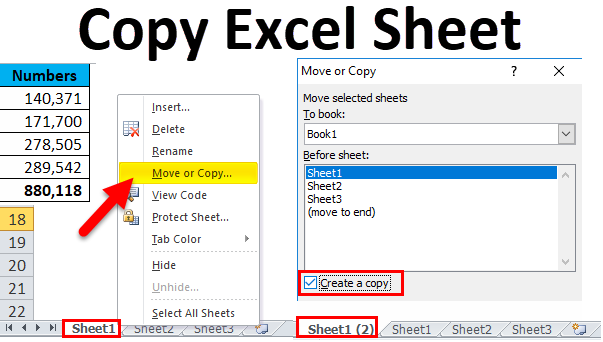Effortlessly Insert Excel Sheets from Another File

Excel is a powerful tool used by millions worldwide for data analysis, tracking, and record-keeping. One of its many useful features is the ability to insert sheets from one Excel workbook into another seamlessly. Whether you're consolidating data, or need to reference information from multiple sources, here's how to perform this task effortlessly.
Why Insert Sheets from Another File?

Before diving into the technical aspects, understanding why you might want to insert sheets from another file is key:
- Consolidation: Combining data from different reports or databases into a single workbook for easier analysis.
- Reference: Having vital data within your working file for quick reference without the need to switch between workbooks.
- Standardization: Ensuring all team members work from the same data set by importing standardized sheets.
How to Insert Excel Sheets from Another File

Inserting sheets from another Excel file is straightforward, but there are a few methods to do this:
Using the Move or Copy Feature

This is the simplest method for most users:
- Open both the source workbook (where the sheets are coming from) and the destination workbook (where you want to insert the sheets).
- In the source workbook, right-click on the sheet tab you want to move or copy.
- Select Move or Copy from the context menu.
- In the “Move or Copy” dialog box:
- Choose the destination workbook from the “To book” dropdown list.
- Select where in the workbook you want the sheet to go.
- Check the box labeled Create a copy if you want to copy the sheet instead of moving it.
- Click OK, and the sheet will be inserted into the destination workbook.
Using VBA for Multiple Sheets

For power users or those dealing with multiple sheets:
- Open the VBA editor by pressing Alt + F11 in Excel.
- Insert a new module by right-clicking on any of your VBAProject’s items in the Project Explorer, then choose Insert > Module.
- Copy and paste the following VBA code into the module:
Sub CopyMultipleSheets() Dim wbSource As Workbook, wbDest As Workbook Dim ws As Worksheet Set wbSource = Workbooks.Open("C:\Path\To\SourceWorkbook.xlsx") Set wbDest = ThisWorkbook For Each ws In wbSource.Worksheets If ws.Name Like "Sheet*" Then ws.Copy After:=wbDest.Sheets(wbDest.Sheets.Count) End If Next ws wbSource.Close SaveChanges:=False End Sub - Modify the path in the
Workbooks.Openstatement to point to your source workbook. - Execute the macro by pressing F5 while in the VBA editor or assign it to a button for ease of use.
📌 Note: The above VBA code will copy all sheets with names starting with “Sheet” from the source file. Adjust the name condition or file path as necessary.
Using Power Query

For Excel users with access to Power Query (Excel 2010 and later):
- Go to the Data tab and select Get Data > From File > From Workbook.
- Navigate to and select your source workbook.
- In the Navigator, select the sheets you want to import.
- Click Load to insert the sheets into your workbook.
Tips and Tricks

- Linking Data: If you don’t want to physically copy sheets, consider linking data using Excel formulas or Power Query to keep the destination file updated automatically.
- Conditional Copying: With VBA, you can set conditions to copy only sheets that meet certain criteria, like naming conventions or content.
- Avoid Conflicts: Sheets with the same names in both workbooks can cause conflicts when copying. Rename or manage them appropriately before insertion.
🎯 Note: When copying multiple sheets, ensure your destination workbook has enough space to accommodate the sheets to avoid data loss or corruption.
Seamlessly inserting Excel sheets from one file into another can save you time, reduce errors, and keep your data organized. By understanding the different methods, you can choose the one that best fits your workflow or the task at hand. Remember to manage the potential for data conflicts, keep your files organized, and use automation tools like VBA or Power Query for efficiency. Whether you're an individual working on projects or part of a team managing complex data sets, mastering these techniques will enhance your productivity in Excel.
Can I undo the sheet insertion if I make a mistake?

+
Yes, you can use the Undo command (Ctrl + Z) immediately after insertion to revert the action if you realize it’s a mistake. Be aware, however, that using the “Move or Copy” feature with “Create a copy” unchecked will move the original sheet, making it difficult to recover without manual intervention.
What happens to formulas when copying sheets?

+
If your formulas contain references to other sheets within the source workbook, you might need to update them after copying to point to the correct locations in the destination workbook. Excel provides options to update formula links during the copy process.
Can I automate inserting sheets daily or weekly?

+
Yes, by using VBA you can create macros that will run on schedule, inserting sheets from another file at predetermined times or based on certain events. You can also leverage Excel’s built-in automation capabilities like Power Query to refresh data automatically.



